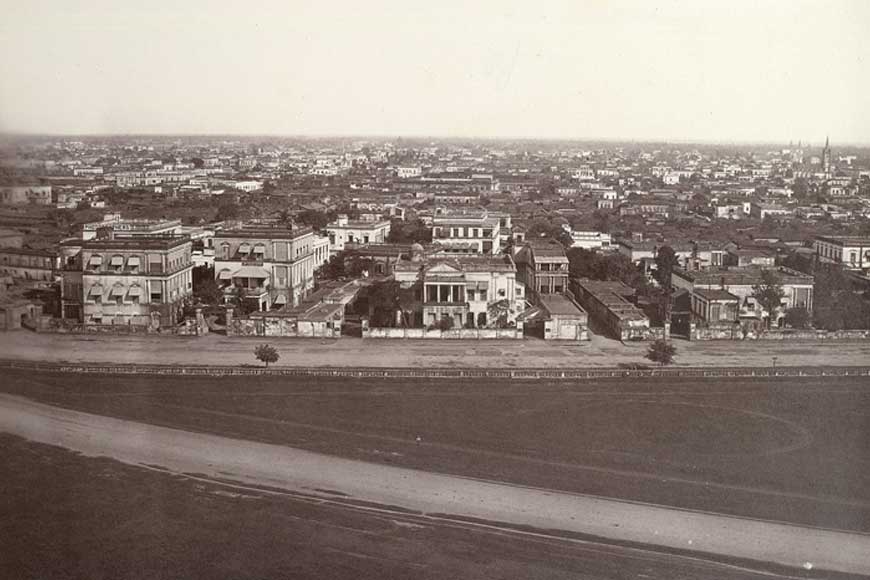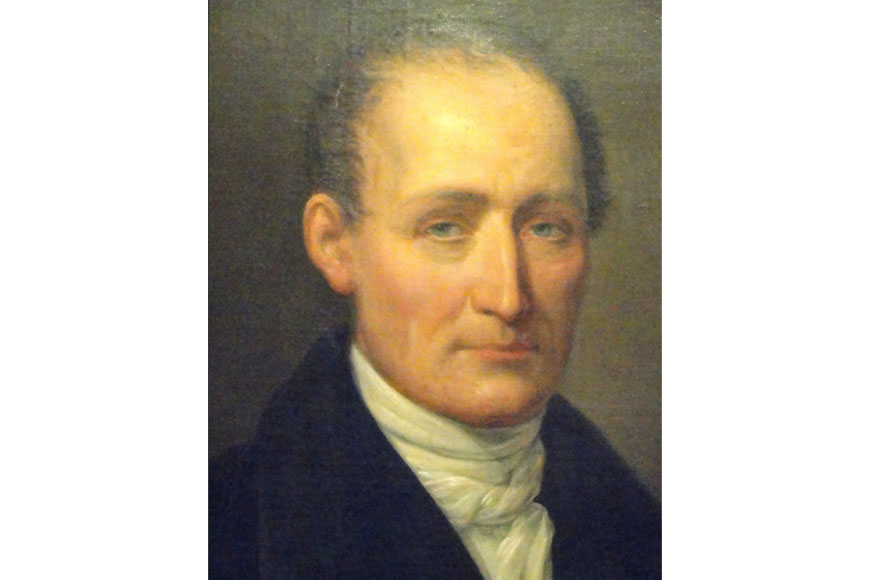Rare French photos of Calcutta on display at Indian Museum

The art of photography has just turned 195. And this is as good an occasion as any to hold an exhibition of rare photographs, which the Indian Museum Kolkata is doing. Titled Convergence, the travelling exhibition puts on display the works of French photographers in colonial India, many of them on view for the first time in this country.
The photographs are mostly reprints of rare collections from French national museums, such as the Museum for Asiatic Arts (Guimet), Quai Branly Museum (Paris), Nicéphore Niépce Museum (Chalon), the European Centre for Photography (Paris), and Goupil Museum (Bordeaux), along with a few contributions from the Alkazi Collection of Photographs, New Delhi.
-from-1827-by-Joseph-Nicéphore-Niépce,-taken-at-Le-Gras,-France.jpg) The earliest saved photographic image (heliograph on pewter plate) from 1827 by Joseph Nicéphore Niépce, taken at Le Gras, France
The earliest saved photographic image (heliograph on pewter plate) from 1827 by Joseph Nicéphore Niépce, taken at Le Gras, France
Bengal being a major centre for photography in the 19th and early 20th centuries, Calcutta naturally features prominently in the photographs that the Frenchmen took. Not too many people today would know that the Photographic Society of Bengal was founded in Calcutta in January 1856, making it among the oldest such societies in the world.
Appropriately enough, the birth of photography itself is also associated with a Frenchman, the scientist Louis Daguerre, who collaborated with British scientist William Henry Fox Talbot to develop the Daguerreotype, ancestor of the modern camera. Some accounts report that photography came to British India in 1840, just a few months after the first demonstration of the Daguerreotype in Paris. Calcutta, too, first saw a camera in 1840 and by 1844, F.M. Montario had opened a professional photographic studio in town.
Back to the exhibition, one of the greatest draws ought to be a recreation of Joseph Niepcé’s first photo from 1826, by Spanish conceptual artist Joan Fontcuberta, who has remade the original photo using thumbnails of some 10,000 photos obtained from Google searches.
The exhibition is part of the fourth edition of the Bonjour India initiative by the Embassy of France. Among the featured photographers are Marc Riboud, a photojournalist who worked for Paris-based Magnum Photos from 1953-78, and arrived in India in 1956, less than a decade after Independence. Calcutta was one of his major pit stops.
The exhibition also features ethnographic images and portraits of women from the Musée du Quai Branly, including works by French surgeon turned photographer Jean Baptiste Oscar Mallitte, who came to Calcutta from Bordeaux in July 1857. Incidentally, Mallitte also took the first ever photographs of the Andaman Islands (1857-8). These images, long thought to have been lost, were discovered in the Queen’s Collection at Windsor Castle, England.
 Photographer Nicéphore Niépce
Photographer Nicéphore Niépce
Mallitte’s photographs were first exhibited at a meeting of the Photographic Society of Bengal on October 21, 1857, and then again on February 17, 1858, and at the society’s second annual exhibition in August of the same year. Also that year, Mallitte secured a teaching post at the Calcutta School of Industrial Arts, which had added photography to its curriculum in 1857.
The Convergence gallery is open to the public during regular museum timings until December 7










